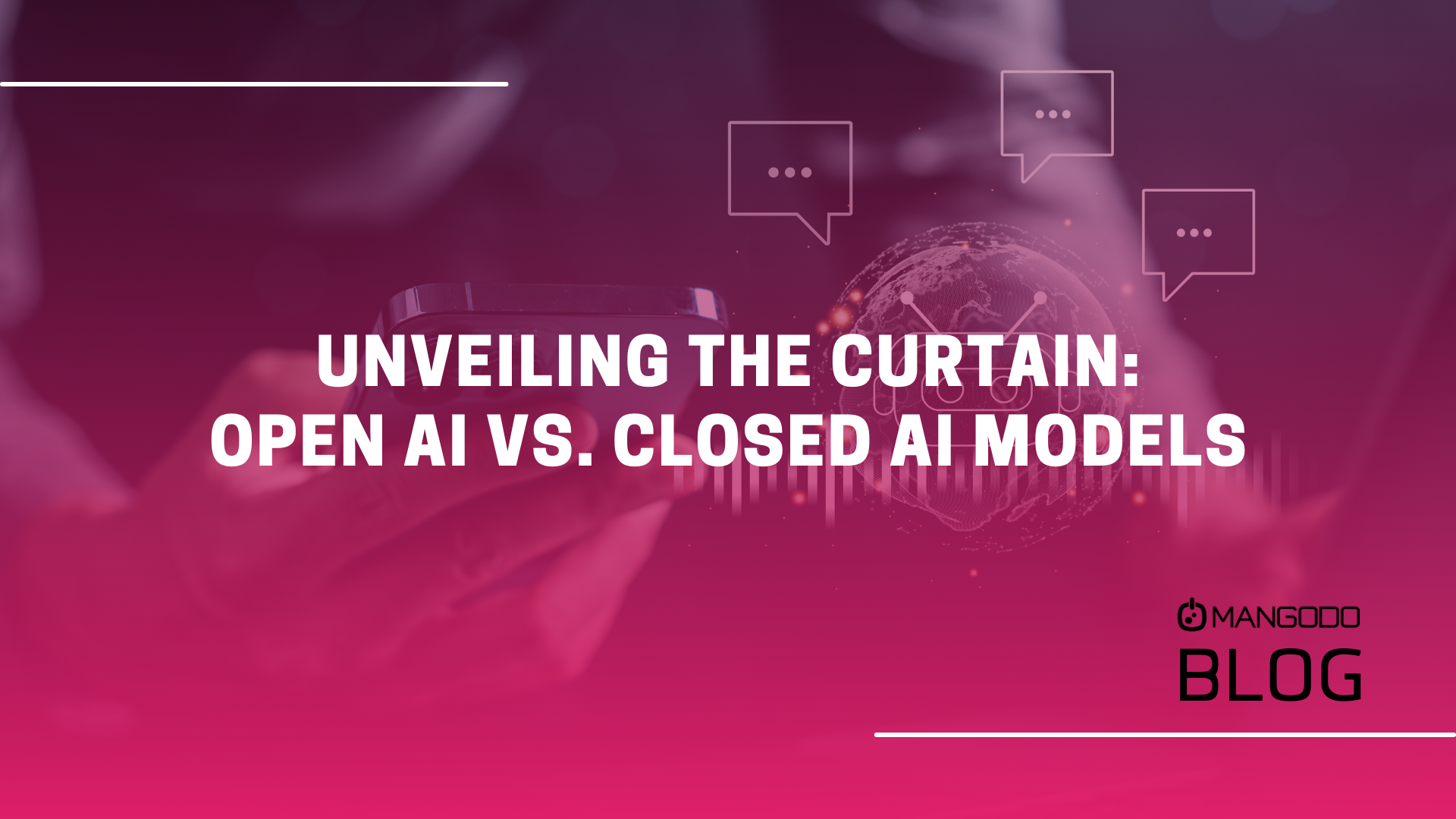Unveiling the Curtain: Open AI vs. Closed AI Models
In the realm of artificial intelligence, the classification of models into "open" and "closed" systems holds paramount significance. These distinctions reflect the level of accessibility and transparency associated with the development and deployment of AI models. In this blog post, we will explore the differences between open and closed AI models, delving into the implications for researchers, developers, and society at large.
Open AI Models
Open AI models are characterized by their transparency and accessibility to the public. The underlying architecture, source code, and often the training data are made available for scrutiny and improvement. This openness fosters collaboration, innovation, and the collective advancement of AI technology.
Pros of Open AI Models:
-
Collaborative Innovation: Open AI models encourage a collaborative approach, enabling a diverse range of contributors to enhance the model's capabilities. This can lead to breakthroughs and improvements that might not have been possible within a closed system.
-
Community Engagement: The involvement of the wider community in the development process enhances accountability and ensures that AI technologies align with societal values. Open AI models can be shaped by collective input, reducing the risk of biases and promoting ethical considerations.
-
Educational Opportunities: Access to the source code and model architecture facilitates educational opportunities, allowing researchers and enthusiasts to understand, learn from, and build upon existing AI models. This democratization of knowledge accelerates the learning curve for aspiring AI practitioners.
Cons of Open AI Models:
-
Security Concerns: Open AI models can be susceptible to security threats, as making the source code and model details public may expose vulnerabilities. This transparency can potentially be exploited by malicious actors.
-
Intellectual Property Challenges: The open nature of these models may lead to challenges related to intellectual property. Developers may face difficulties in protecting their innovations and unique approaches.
Closed AI Models
Closed AI models, on the other hand, are characterized by a lack of public visibility into the model's architecture, source code, and often the training data. These models are typically proprietary, with limited accessibility granted only to a select group of researchers or developers.
Pros of Closed AI Models:
-
Security and Confidentiality: Closed AI models provide a higher level of security by keeping proprietary information confidential. This approach minimizes the risk of unauthorized access, tampering, or exploitation.
-
Control Over Intellectual Property: Developers of closed AI models have greater control over their intellectual property. This can be crucial for organizations seeking to protect their investment in research and development.
Cons of Closed AI Models:
-
Limited Accountability: The lack of transparency in closed AI models can lead to challenges related to accountability. It becomes difficult for external parties to assess the fairness, biases, and ethical considerations embedded in the model.
-
Reduced Collaboration: The closed nature of these models can hinder collaboration and knowledge sharing within the AI community. This isolation may slow down the pace of innovation and impede the collective progress of the field.
The debate between open and closed AI models is a nuanced exploration of the trade-offs between transparency and security, collaboration and control. Striking the right balance is essential to ensure the responsible development and deployment of artificial intelligence. Whether open or closed, the ethical considerations and societal impacts of AI models remain crucial, underscoring the need for ongoing dialogue and collaboration within the broader AI community.
